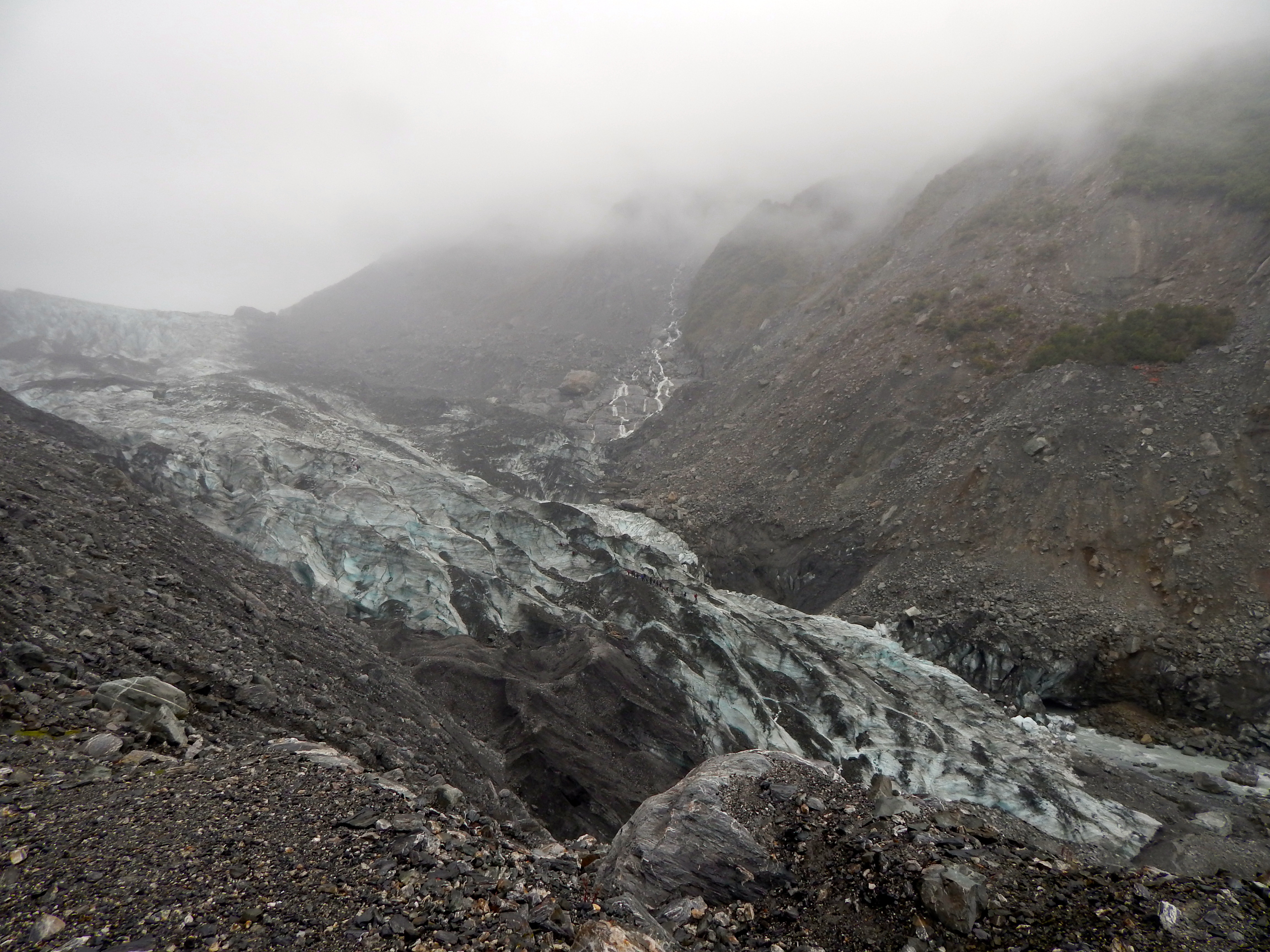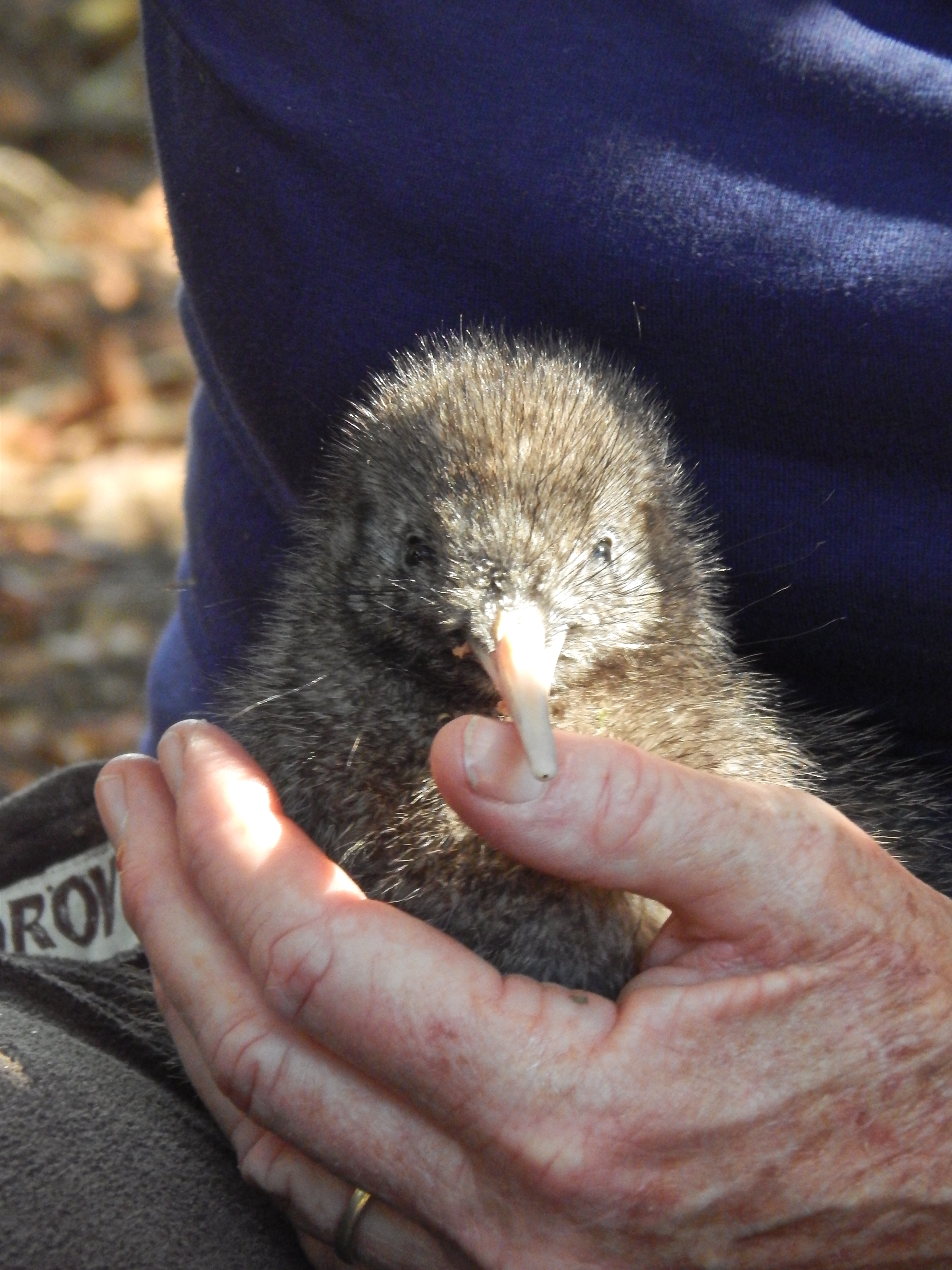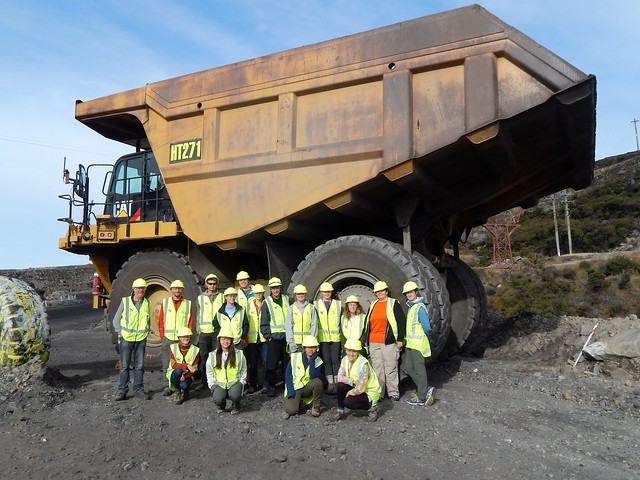Written by Ashley Hedrick and Zoe Wolfe

After
our stay at the Rough and Tumble Lodge, we loaded into the bus for the last
time and headed toward Kaikoura, our last stop as a group on our South Island
journey. While on the road, we
made a few pit stops, one of which was at a bakery where many of us bought
delicious treats (including Matthias, who got a cream-filled donut to celebrate
the end of his period of veganism).
Once we reached Kaikoura, we said goodbye to our wonderful bus driver,
Clem, and were introduced to our hosts at the Edward Percival Marine Field
Station. Our resident advisors
were Paul and Becky, marine biologists working for Canterbury University. After a brief break for choosing bunks,
we all gathered for a quick lesson on intertidal ecology. Paul gave us a broad overview of the
levels of the intertidal zone and preached to the magic of tide pools, which we
would soon explore and become familiar with. He also took this opportunity to introduce a few possible
research ideas to get us thinking about what we wanted to research during the
remainder of the week.

The
main focus of our stay in Kaikoura was to devise, carry out, and present mini
research projects on some aspect of intertidal ecology. We all split into small groups based on
our interests in the various project topics and quickly got to work coming up
with questions, hypotheses, and experimental designs with the help of Paul,
Becky, Chris, and Ikumi. Since
most of us were somewhat unfamiliar with working in a marine ecology setting,
we relied heavily on the advice of the marine biologists and the experimental
designs we read about in various research articles. In a surprisingly short amount of time, though, the groups
were off and running with projects in mind. While some groups created lab experiments that could be
carried out indoors, others decided they would venture out during low tide to
take surveys and counts of designated experimental plots. Even though it was our first evening at
the field station, everyone was ready to get out the next day to begin
performing the experiments.
Before
we got to work on our research the next morning, however, we had a visit from a
member of Kaikoura’s district council, a group of professionals dedicated to
creating and running environmental and sustainability programs in their area. The district council that presides over
Kaikoura has made great efforts to make the city a Green Globe community
through “Earth Check” programs.
These programs focus on zero waste, intensive recycling, reusable
materials, carbon reduction, and establishing marine reserves. The efforts of the district council
seem to have had a positive impact of the area and have been well received by
the community. It was inspiring to
see that environmental preservation and sustainability have become such a focus
in Kaikoura and gave many of us hope that other communities could also
successfully get on board with such programs.
To pass some time the following
morning until the tide was low enough for us to carry out our experiments, we
received a talk from Chris Smith about some of the research that he has been
involved in on harvester ants as well as other side projects that he has been a
part of such as metagenomic studies and slime mold studies. Once his talk was
complete our group of 14 scattered to different areas along the coast that were
best suited for their studies and we did not reconvene again that day until the
tide returned. For many of us it was a great first day and we were looking
forward to doing more in the days to follow. After spending such a long time
away from our traditional methods of learning, being able to actively solve
problems was a breath of fresh air.

Close
to midnight that day Paul invited those who were interested to go on a midnight
walk through the shore since the tide would be out again. A large group of us
geared up with headlamps and joined him and were able to see some amazing
creatures that were not as prevalent during the day. Some of the most memorable
things we saw were huge sea stars, wandering anemones, and duckbilled limpets
which are curious invertebrates whose soft velvety mantel grows to cover its
small white shell. It was great to have Paul there to tell us all about the sea
creatures that most of us were very unfamiliar with and it was a great chance
to become more comfortable with the location and environment that we were
studying in. Although many of us could have stayed out until the tide forced us
back, we were all rather exhausted from our first day of work and chose to go
to bed at a reasonable hour.

The
next two days passed in a blur with groups working on their different projects
and analyzing their data to create a presentation, but after many stressful
hours everyone was finished and ready to present results. All the studies done
were very unique and creative. One group consisting of Bailey Heinzen, Taylor
Boucher, and Emily Sells looked at interactions of butterfish and bull kelp.
Adaobi and Heather tested the tenacity of a specific seaweed (Hormosira
banksii) and Zoe
looked at how tramping on that seaweed could alter the biodiversity of what
lives under it. Abby and Jessica examined how snails avoid different types of
starfish and along those same lines Ashley and Chris studied how amphipods
steer clear of anemones. The largest group consisting of Joanne, Brent, Cole,
and Hanna looked at the differences between sea life living within an area
protected from commercial fishing (Rahui) and an area where commercial fishing
takes place regularly. Overall we were all very pleased with how our
presentations came together and were very relieved to be done with what felt
like a miniature finals week.

During
our three days of intense work we were however lucky enough to go on an
albatross sighting tour. Albatrosses were not the only things we saw though. We
saw little blue penguins bobbing on the surface taking a break before their
next dive, fur seals rolling around, and dolphins jumping through the air and
playing in the wake of the boat. Overall it was a great trip and tons of fun to
see so much life in the oceans.
Kaikoura
was a great time to get back in school mode, but it eventually came to an end
and we all parted ways on the morning of the 22nd to enjoy a well-earned spring
break.



























